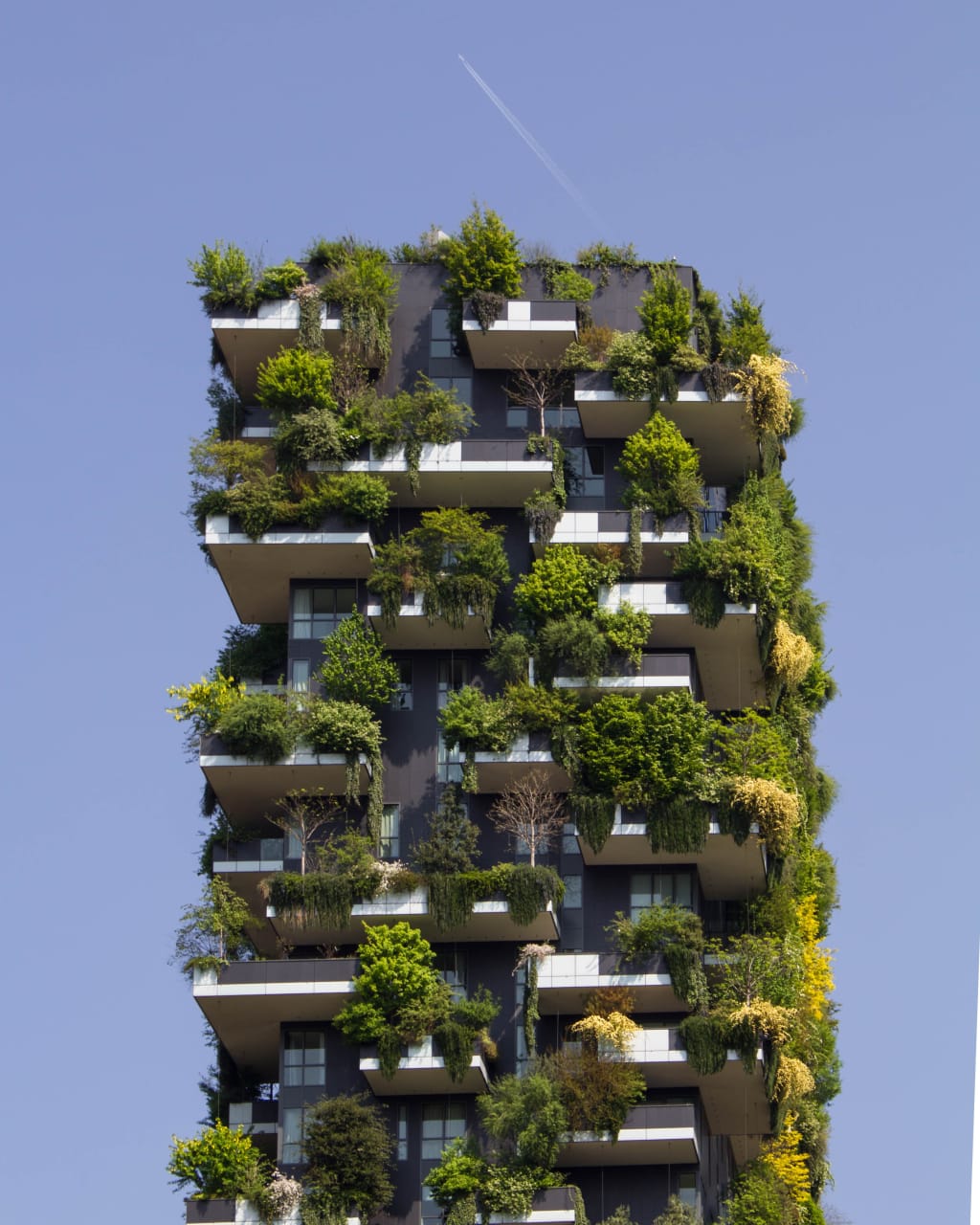Building for the Future: Architecture's Role in Shaping a Sustainable and Resilient World
How architecture can contribute to a sustainable and resilient world. By integrating eco elements into architectural practices, we can create buildings that minimize environmental impact, prioritize occupant well-being, and contribute to a more sustainable and resilient future.

In the face of mounting environmental challenges, architecture emerges as a critical tool for combating climate change and fostering sustainability. This article delves into the transformative potential of architecture in creating a built environment that promotes ecological stewardship, enhances occupant well-being, and builds resilience in the face of a changing climate. By reimagining design principles, embracing green technologies, and prioritizing community engagement, architects can pave the way for a sustainable and resilient future.

Designing with Sustainability in Mind:
Sustainability must be at the forefront of architectural design. We explore the integration of sustainable design principles, such as passive design strategies, efficient building envelopes, and intelligent use of natural resources. By optimizing energy performance, reducing carbon footprints, and considering life-cycle assessments, architects can create buildings that minimize environmental impact and maximize long-term sustainability.

Net-Zero and Energy-Positive Buildings:
Aiming for net-zero energy or even energy-positive buildings has become an imperative. We discuss the importance of incorporating renewable energy systems, such as solar panels and geothermal heating and cooling, to achieve energy self-sufficiency. By embracing innovative technologies, energy-efficient systems, and smart building management, architects can create buildings that generate clean energy and contribute to the global shift toward renewable energy sources.

Biophilic Design and Connection to Nature:
Biophilic design emphasizes the importance of connecting people with nature in the built environment. We explore the incorporation of natural elements, such as green walls, rooftop gardens, and indoor vegetation, to improve air quality, enhance well-being, and promote productivity. By integrating nature-inspired design elements and providing access to green spaces, architects can create environments that foster mental and physical health, as well as a deep sense of connection to the natural world.

Resilient Design for Climate Adaptation:
Architecture must address the increasing frequency and intensity of climate-related events. We delve into resilient design principles, including flood-resistant structures, elevated foundations, and adaptable spaces. By incorporating climate projections, designing for extreme weather conditions, and employing sustainable materials that withstand environmental stresses, architects can create buildings that protect occupants and communities, ensuring their long-term viability in the face of climate challenges.

Sustainable Materials and Construction Practices:
The choice of materials and construction practices significantly influences a building's environmental impact. We explore the use of sustainable materials, such as recycled and reclaimed materials, low-impact composites, and responsibly sourced timber. By minimizing waste, reducing embodied carbon, and adopting environmentally friendly construction techniques, architects can contribute to a circular economy and promote sustainable practices across the construction industry.

Water Efficiency and Resource Conservation:
Water scarcity is a pressing global concern. Architects can play a pivotal role in promoting water efficiency and conservation. We discuss strategies such as rainwater harvesting, graywater reuse systems, and low-flow fixtures. By implementing water-efficient technologies, promoting responsible water management, and designing landscapes that minimize water consumption, architects can mitigate the strain on water resources and create more resilient communities.

Regenerative Architecture and Urban Design:
Regenerative architecture goes beyond sustainability by actively contributing to the restoration and enhancement of ecosystems. We explore the integration of regenerative design principles, such as ecological restoration, biomimicry, and circular economy concepts. By designing buildings and urban spaces that positively impact their surroundings, architects can contribute to the regeneration of biodiversity, ecosystem services, and the overall health of the planet.

Community Engagement and Social Sustainability:
Architecture should prioritize the needs and aspirations of the communities it serves. We discuss the importance of community engagement, participatory design processes, and inclusive decision-making. By involving stakeholders from diverse backgrounds, understanding local cultural contexts, and addressing social equity, architects can create buildings that promote social sustainability, foster a sense of place, and empower communities.
Architecture has a pivotal role to play in shaping a sustainable and resilient world. By integrating sustainable design principles, embracing green technologies, and prioritizing community engagement, architects can create buildings and urban spaces that minimize environmental impact, enhance occupant well-being, and build resilience in the face of a changing climate. From net-zero energy buildings to biophilic design, from resilient structures to regenerative architecture, the possibilities for sustainable and innovative architectural solutions are vast. By embracing these principles and practices, architects have the power to contribute to a future where our built environment is in harmony with nature, supports thriving communities, and safeguards the well-being of both present and future generations. Together, let us harness the transformative potential of architecture to build a better and more sustainable world for all.
About the Creator
Shafiq Sahfudin
Sustainability fights climate change. By embracing renewable energy and minimizing harm, we secure a better future.






Comments
There are no comments for this story
Be the first to respond and start the conversation.